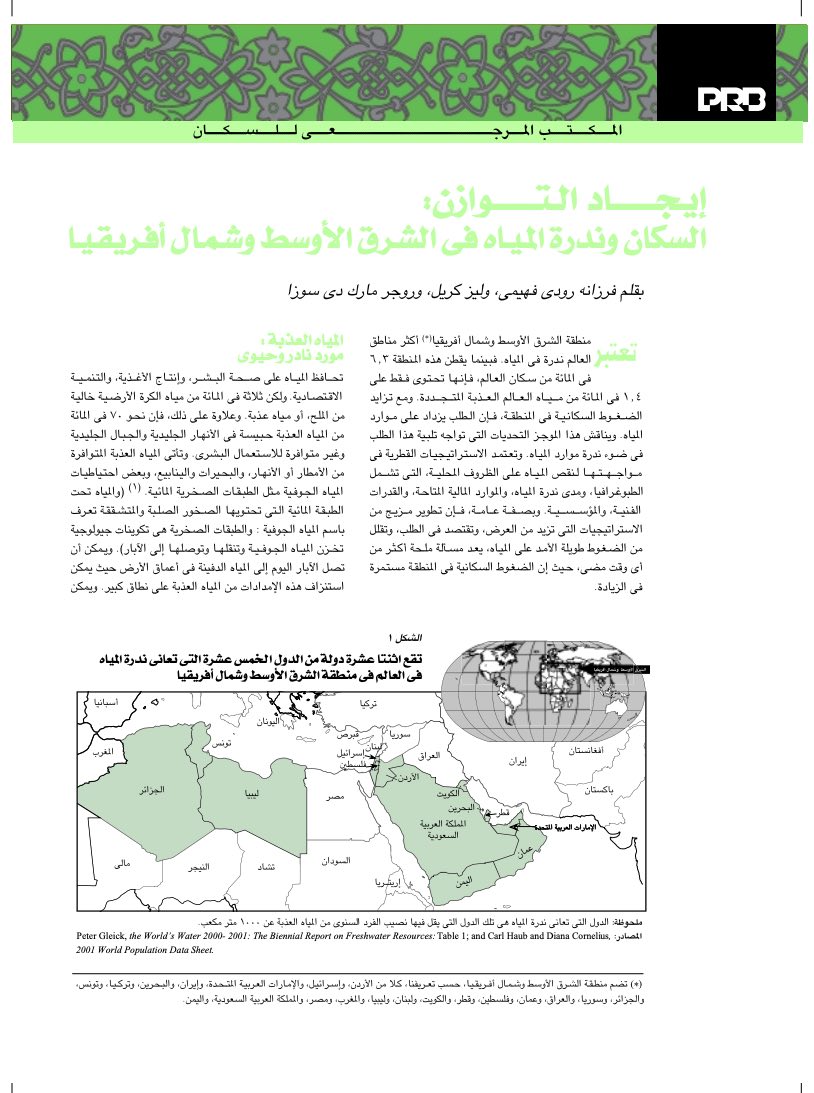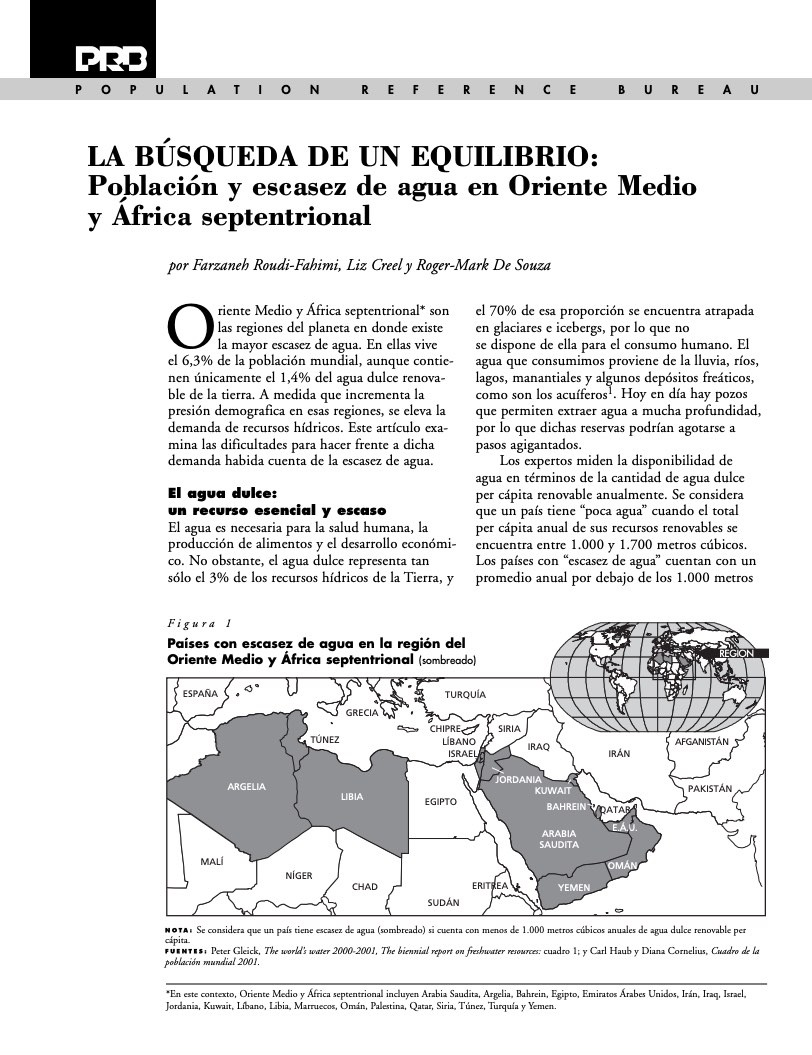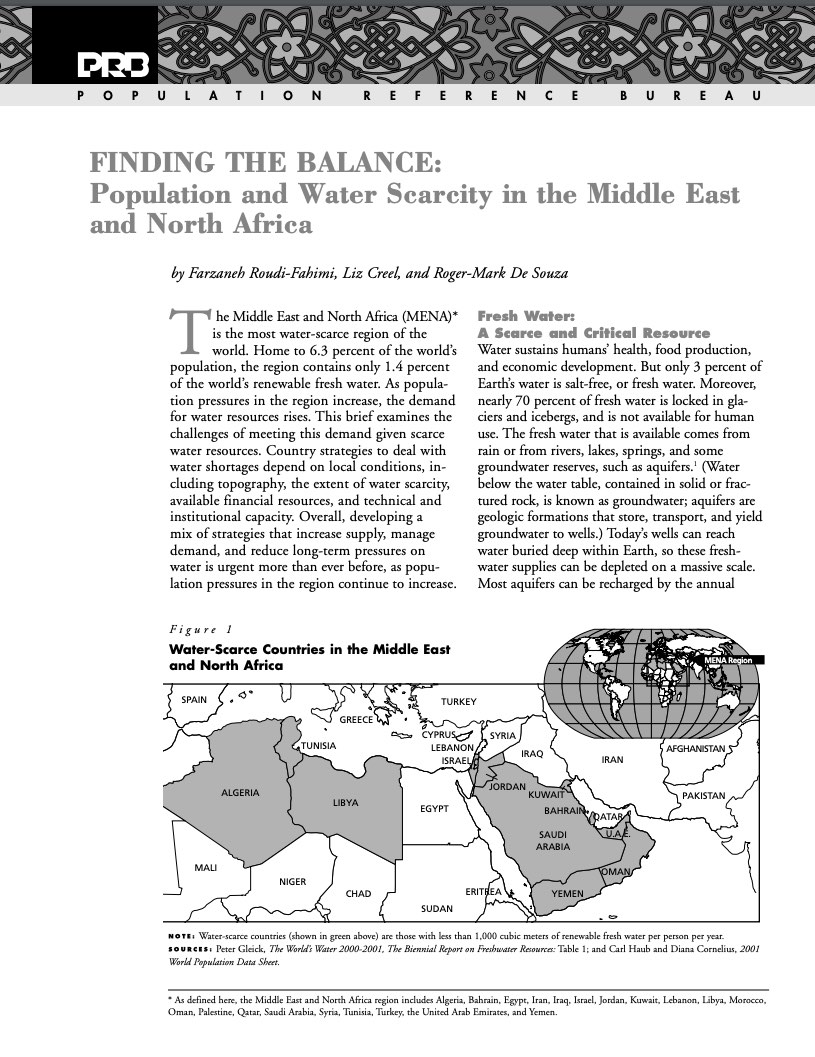Counting Women’s Work
With support from the William and Flora Hewlett Foundation, PRB collaborates with African partners to generate local knowledge, build tools, and foster policy dialogue that position unpaid care work as a structural policy issue, anchored in national data, priorities, and realities.





